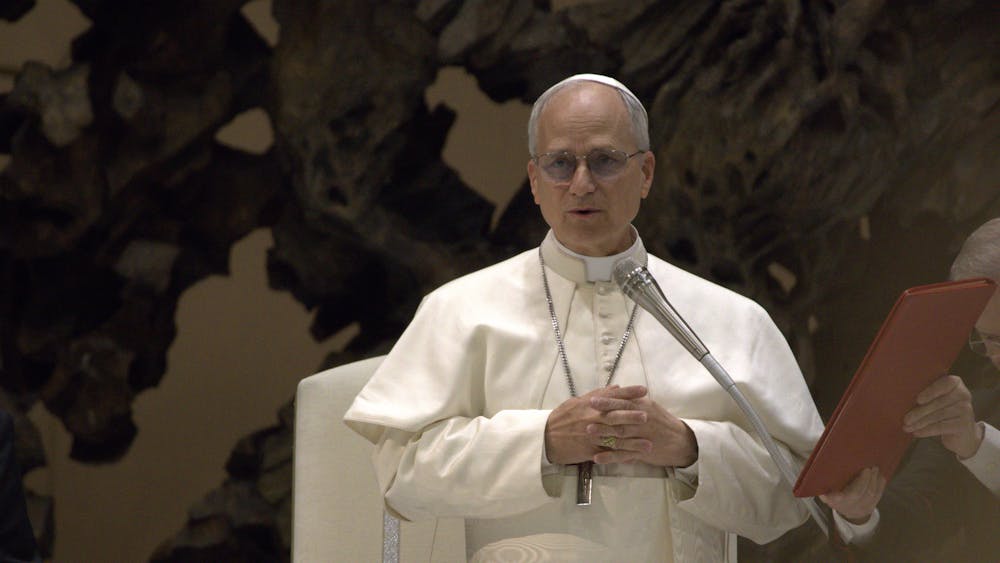In its weekly meeting, Notre Dame’s student senate approved a resolution requiring the Club Coordination Council (CCC) to address the Senate once a semester. This resolution detailing an increase in communication between the two branches of student government comes after a resolution earlier this year which increased funding to clubs from 37 percent to 40 percent. Sophomore Patrick Harris, vice president of the CCC, gave a presentation to the Senate detailing a basic outline of the CCC’s role in financial allocation for clubs. “The Club Coordination Council often spends its time working with other clubs as opposed to student government, so in the past we’ve kind of been a distant branch of student government,” Harris said. The CCC handles outreach to clubs and allocation and distribution of the money that Student Government gives them. They divide over 400 student clubs into six divisions based on type of club, such as academic, athletic and social service clubs. “The divisions ensure that clubs of different kinds are able to get the support that they need, not all that support will be the same depending on what division you are in,” Harris said. There are two club funding allocation dates, one in the fall and one in the spring. During those days, the CCC tracks the projected expenses of the club. Combined, all the clubs total just shy of $2.2 million dollars for the entire year, Harris said. However, the funding clubs receive is now around $360,000 per year to allocate to all the clubs, which is only 15 percent of the projected expenses, Harris said. “Over the past couple of years, the number of clubs has greatly expanded and the funding has not expanded as much, so that’s why the resolution increased the funding from 37 percent to 40 percent,” Harris said. The CCC then ranks the funds through a tier system by division, where some expenses are higher tiered, meaning they will be more heavily funded, and some are lower tiered, or less funded. The highest-tiered groups receive 80 percent of the requested funding from the CCC, and the lowest-tiered groups receive 20 percent. The determination process is based on a number of factors, including club members, revenue, fundraising and dues, Harris said. “For academic clubs, conference fees and airfare are typically more expensive than food, so food is tiered lower and gets cut more strictly,” Harris said. “For athletic clubs, the equipment and field rentals are tiered higher than food or travel,” he added. The resolution aims to uphold transparency between the CCC and the senatorial branch of student government to better ensure the needs of the student body population are being upheld fairly in terms of the financial distribution of resources between club divisions.
The senate also voted on a resolution to clarify the executive responsibilities of chief of staff to the student body president and vice president.
“The chief of shall assist student body president in daily meetings and tasks as president,” freshman parliamentarian Thomas Davis said.
“The chief of staff shall assist the student body vice president in coordination and efforts ad hoc of any departments as needed,” Davis added.
The responsibilities also include convening and chairing departmental meetings in the absence of that department’s director, attending cabinet meetings and working with the press secretary for press releases, among other tasks.
The meeting wrapped up with the group approving the nominations of the SUB 2019-2020 executive board as well as the Student Union treasurer’s two assistants.









